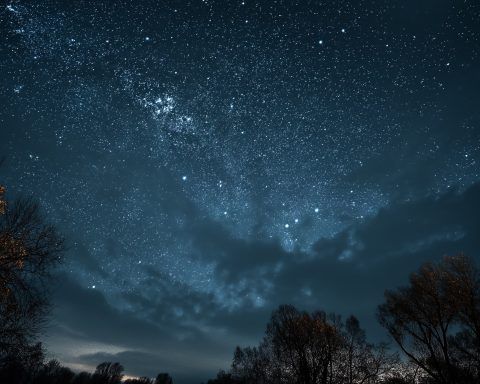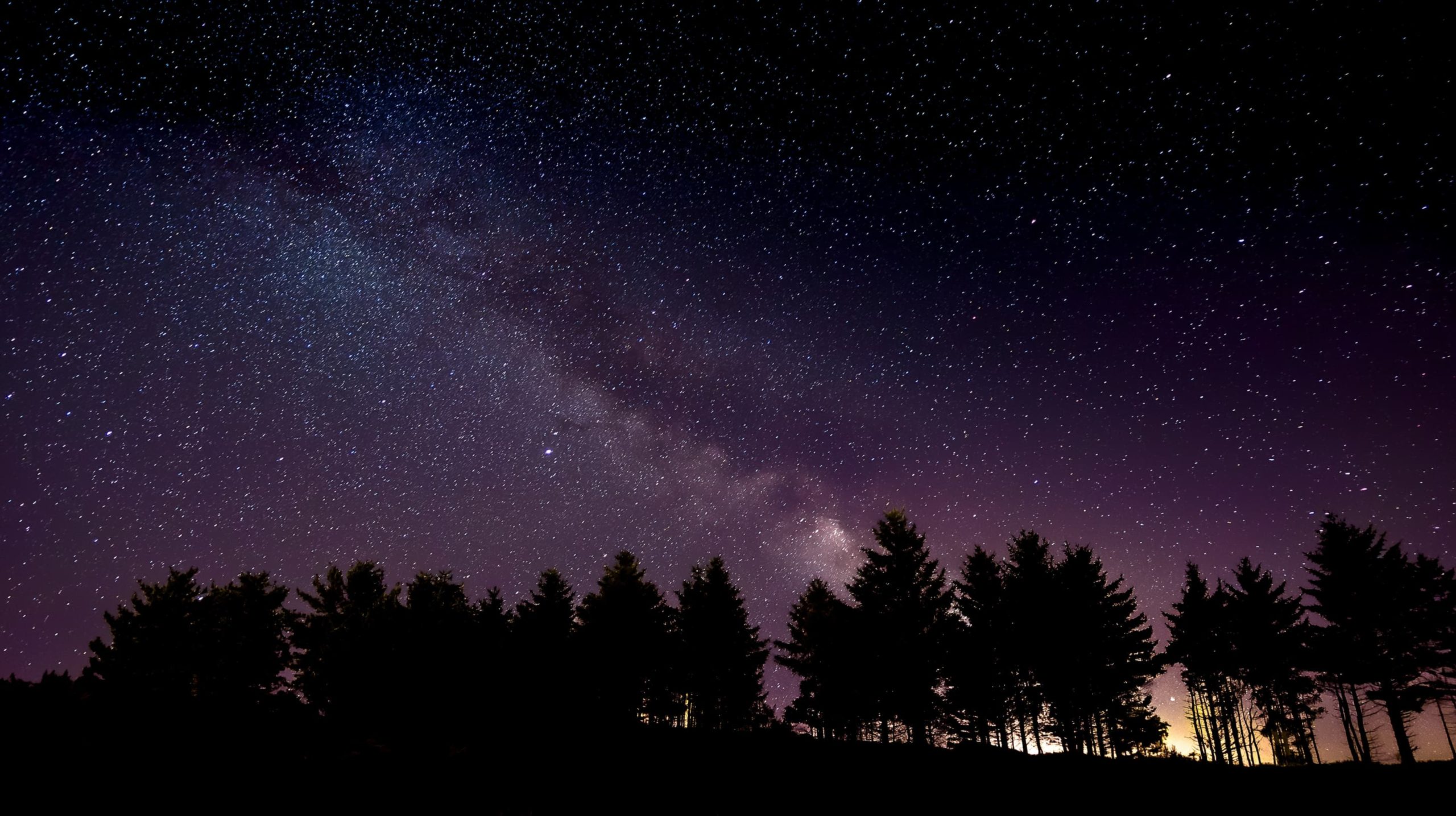
Equinox Sky Alert: Northern Lights, Planet Parade & More Dazzle Sept 22–23, 2025
Equinox Brings Autumn – And an Aurora Opportunity Monday, September 22 marks the autumnal equinox, the moment the Sun crosses Earth’s equator. Day and night are nearly equal in length across the globe during an equinox earthsky.org. In 2025 this



